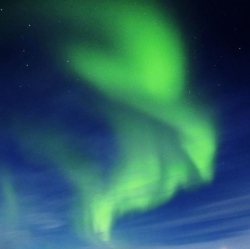
In March, the US BICEP team said it had found a pattern on the sky left by the rapid expansion of space just fractions of a second after the Big Bang. The astonishing assertion was countered quickly by others who thought the group may have underestimated the confounding effects of dust in our own galaxy.
That explanation has now been boosted by a new analysis from the European Space Agency’s (Esa) Planck satellite. In a paper published on the arXiv pre-print server, Planck’s researchers find that the part of the sky being observed by the BICEP team contained significantly more dust than it had assumed.
This new information does not mean the original claim is now dead. Not immediately, anyway. The BICEP and Planck groups are currently working on a joint assessment of the implications, and this will probably be released towards the end of the year.
However, if the contention is eventually shown to be unsupportable with the available data, it will prove to be a major disappointment, especially after all the initial excitement and talk of Nobel Prizes. What BICEP (also known as BICEP2) claimed to have done was find the long-sought evidence for "cosmic inflation".
